Specular BRDF (Bidirectional Reflectance Distribution Function) - Arnold User Guide
Reflectance at Normal
The Fresnel effect is named after the French physicist Augustin-Jean Fresnel, who first described it. This effect states that the strength of reflections on a surface is dependent on the viewing angle. The amount of reflection increases on surfaces viewed at a glancing angle.
When IOR is greater than 1 in the Standard Surface shader, the reflectance of the object will be view-dependent and vary obeying Fresnel equations. The Standard Surface shader uses Schlick's approximation of the Fresnel equations and can be controlled by using the IOR of the material. At low values, the material behaves as a perfect dielectric, like plastic. With higher values, the material becomes a near-perfect conductor or metallic surface.
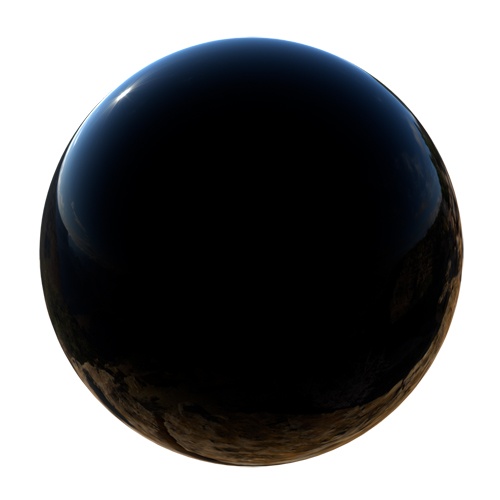 |
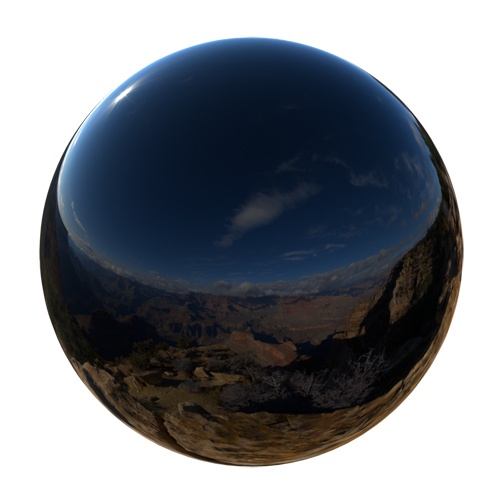 |
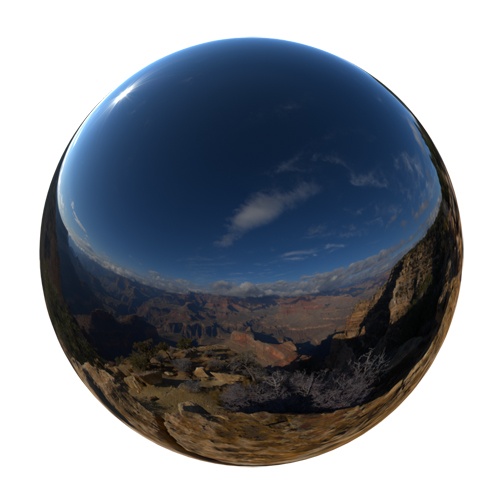 |
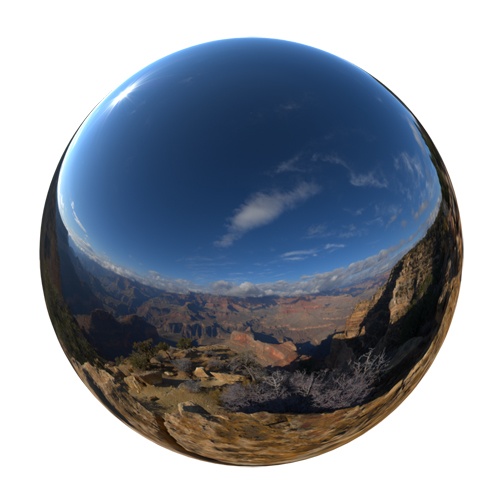 |
Fresnel is present in all materials in some form, being the most common examples glass and water. The example below shows the effect of Fresnel on a wooden table. Notice how the reflection on the table appears more reflective as the camera's viewing angle becomes shallower.
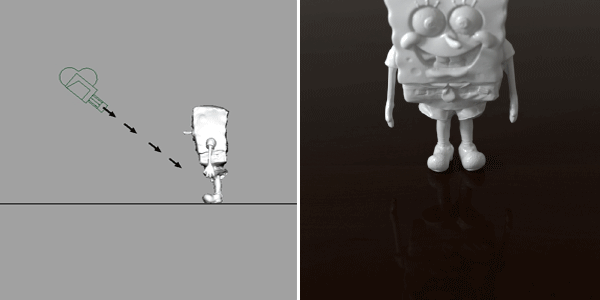
Variation of a Specular BRDF with respect to the view direction
In the example below, the cube has a Standard Surface shader assigned to using IOR. The Fresnel effect is visible. The specular glossy reflection appears brighter when the camera's viewing angle becomes shallower.
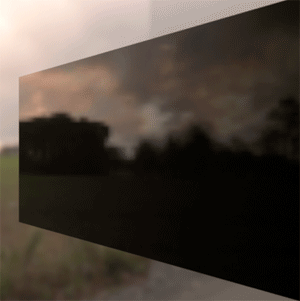
Cook-Torrance is a micro-facet BRDF based on Micro-facet Models (See for instance "Microfacet Models for Refraction through Rough Surfaces" by Walter, Marschner, Li and Torrance, Eurographics 2007).
These models consider that surfaces that are not perfectly smooth and are composed of many very tiny facets, each of which is a perfect specular reflector.
These microfacets have normals that are distributed about the normal of the approximating smooth surface. The degree to which microfacet normals differ from the smooth surface normal is determined by the roughness of the surface.
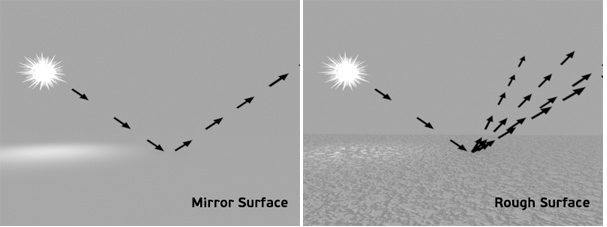
Images showing how surface roughness can affect specular reflections
In the examples below, you can see that the specular reflection appears stretched when the surface becomes 'bumpy' or 'rougher'.
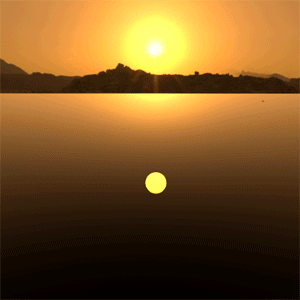 |
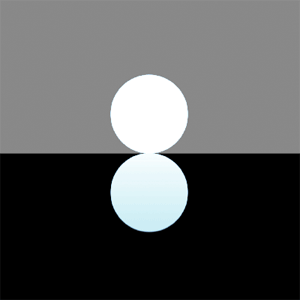 |
An example of an anisotropic material would be asphalt concrete. This effect is evident on the surface of a wet road. Notice that the wet surface appears diffusely darker and specularly brighter. When you are far from the surface, the stretched anisotropic reflection is more obvious on the ground. However, when you get closer, the stretched reflection becomes smaller due to the change in viewing angle. The anisotropic highlight size depends on the viewing angle.
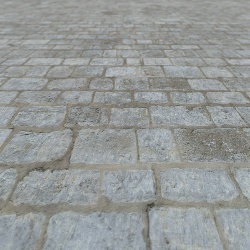
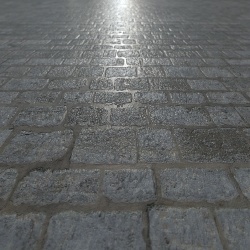
Dry, diffuse road surface vs. wet anisotropic road surface
The example animations below show the effect of specular roughness when using anisotropy (0, 0.5, 1). The roughness values have been animated from 0 to 1 to demonstrate the effect.
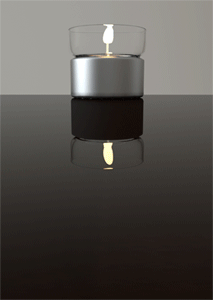 |
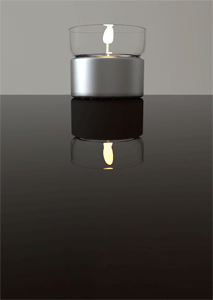 |
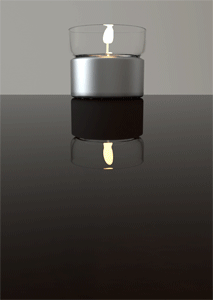 |
| 0 | 0.5 | 1 |
Anisotropy Example
The images below show the difference between rendering with and without anisotropy on a floor surface. Both shaders have specular_roughness set to 0.2.
 |
 |
| anisotropy: 0 | anisotropy: 0.8 |
